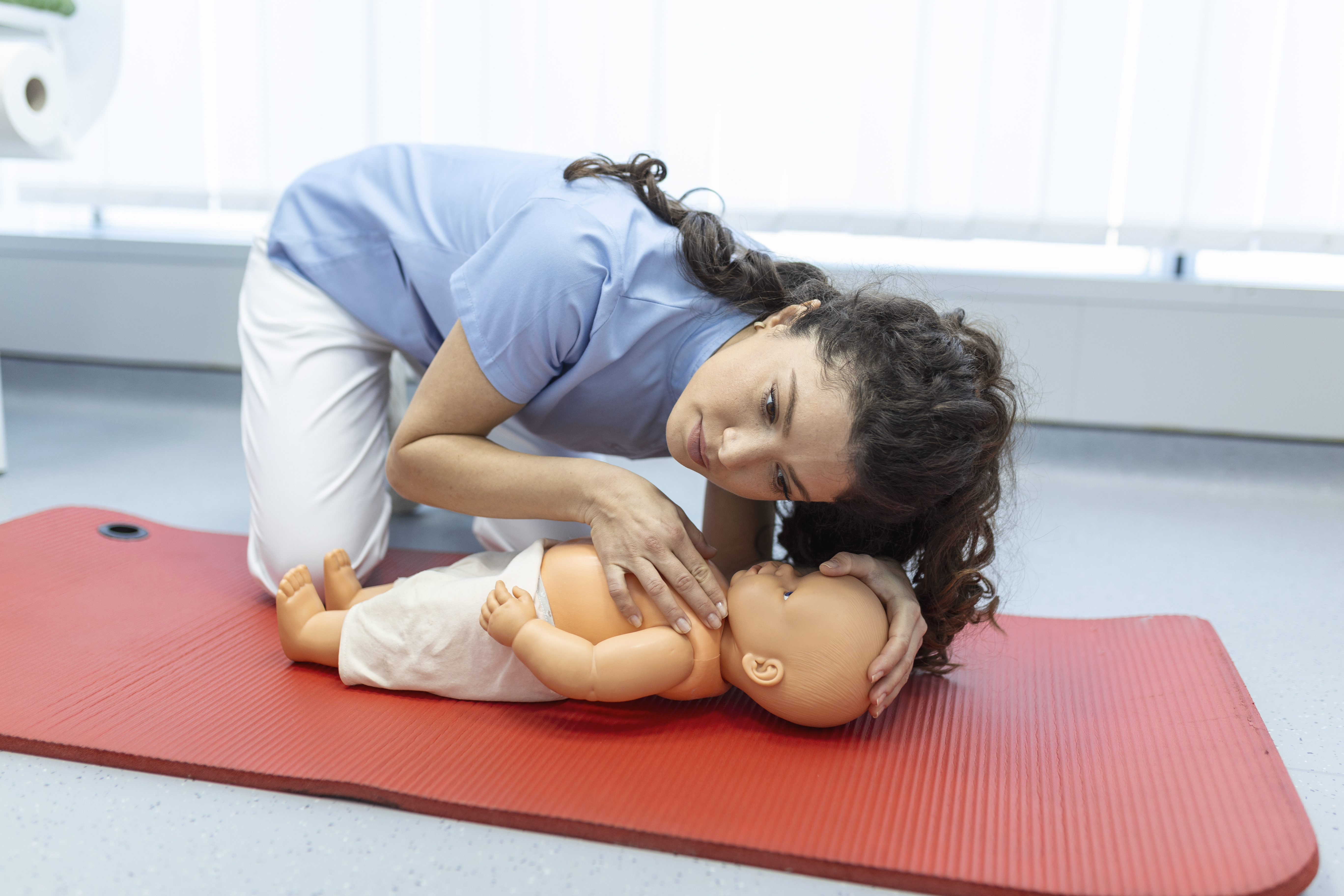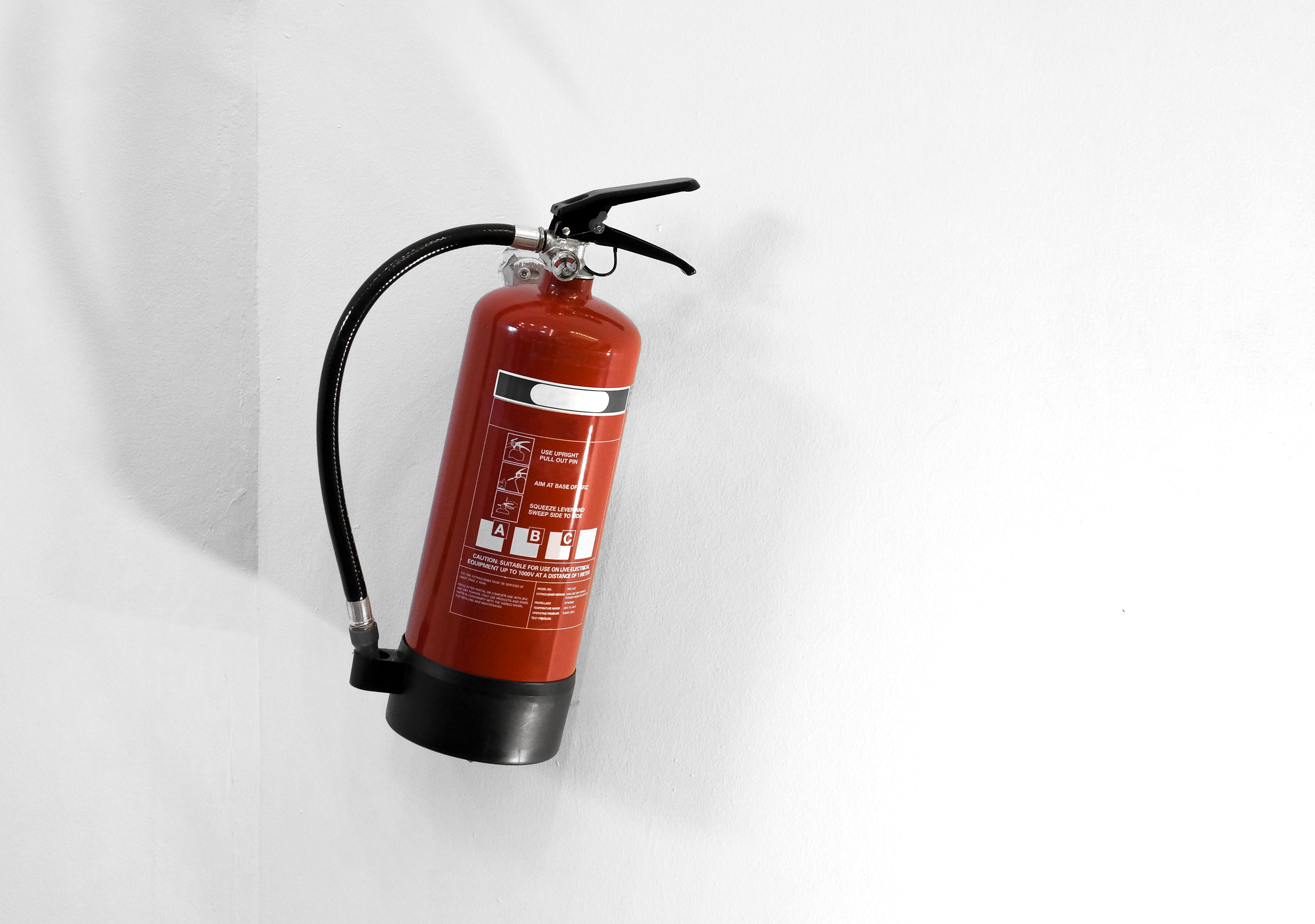Comprehending Emergencies in Children (First Aid Foundations)
We'll break down frequent paediatric emergencies in this module and provide you the basic skills you need to react appropriately. Acquire the knowledge to identify distress signals and administer prompt, kid-friendly first aid.
Cuts, Scrapes, and Bruises: First Aid for Tender Care
Learn easy-to-use yet essential methods for managing common childhood injuries. This module guarantees that you are ready to administer the necessary first aid to soothe and heal, from cleansing wounds to putting on bandages.
Fevers and Aches:
Discover the realm of paediatric ailments and discover what to do when a child is ill. Learn useful skills that have an impact, from treating fevers to relieving pains. First aid is not only for wounds; it is also for reassuring young patients when they are ill.
Emergency Care for Choking and Breathing Incidents: Treating Every Breath
The life-saving techniques for choking and breathing problems are the main topic of this module. Discover how to do basic life support and open airways in a child-appropriate manner. Every breath counts, and you can save their lives by providing first assistance.
Identifying Allergies and Performing First Aid
Knowing about allergies is essential for providing paediatric . This module explains how to identify allergic responses and quickly provide the necessary first assistance. Make sure you have all you need to confidently address allergy-related situations.
Lessons
Brief Description of Paediatric First Aid
Module 1: Introduction to Paediatric First Aid
Module 2: Planning and Preparation
Module 3: Essential First Aid Knowledge and Skills
Module 4: Basic Life Support
Module 5: Fractures and Head Injuries
Module 6: Shock, Bleeding and Dressing Wounds
Module 7: Specific Medical Conditions
Module eight discusses the potential injuries and mishaps that children and newborns may experience, including bruising, cuts, and grazes. First aid is essential for minor injuries, and if internal bleeding is severe, medical attention is needed. Cuts and grazes can range in severity, and gentle washing or bathing can remove dirt and pollution.
Module 9: First Aid Documentation and First Aid Kits




